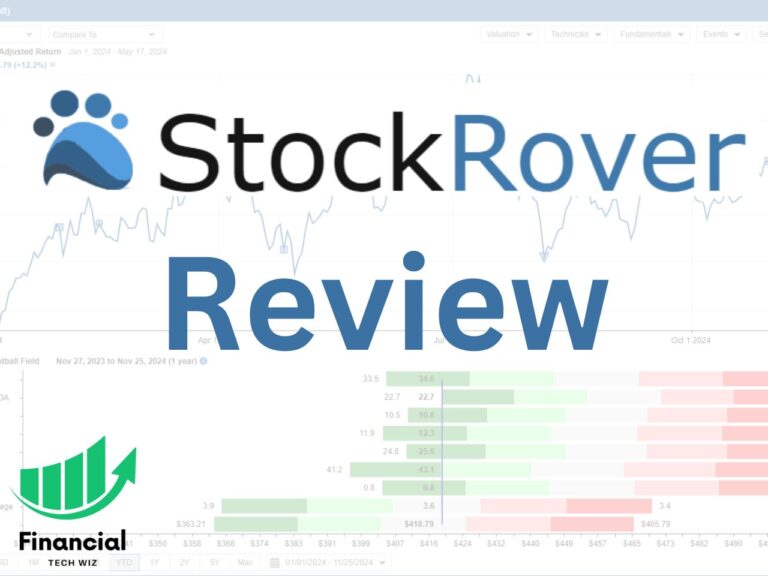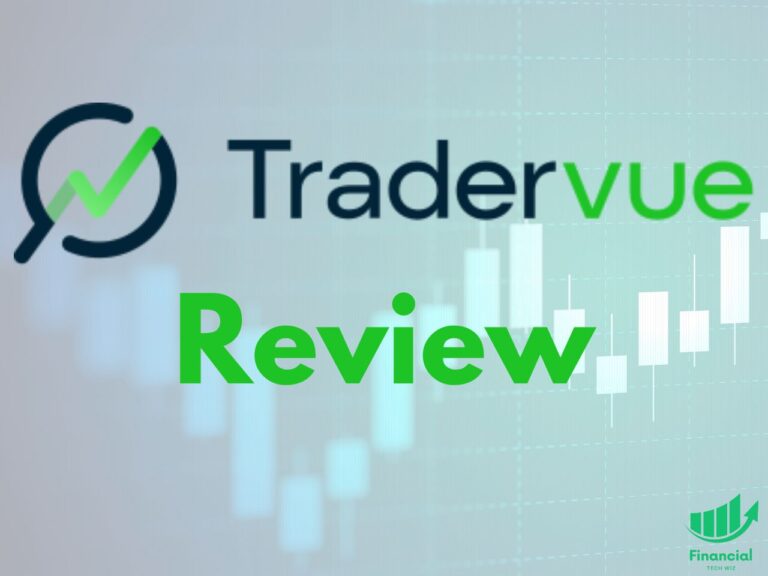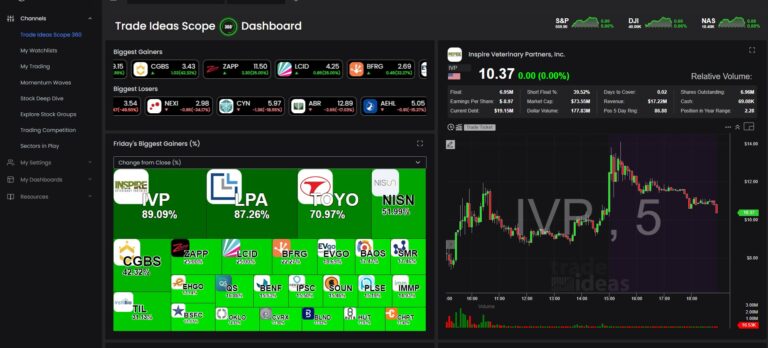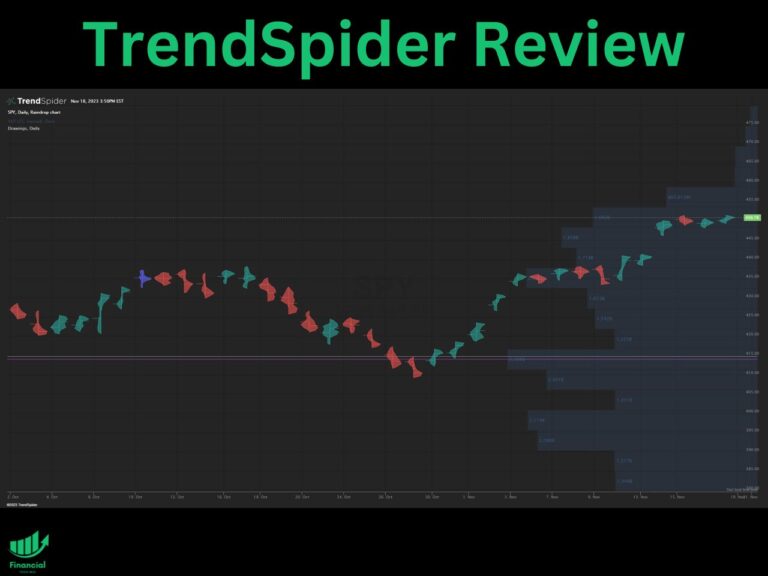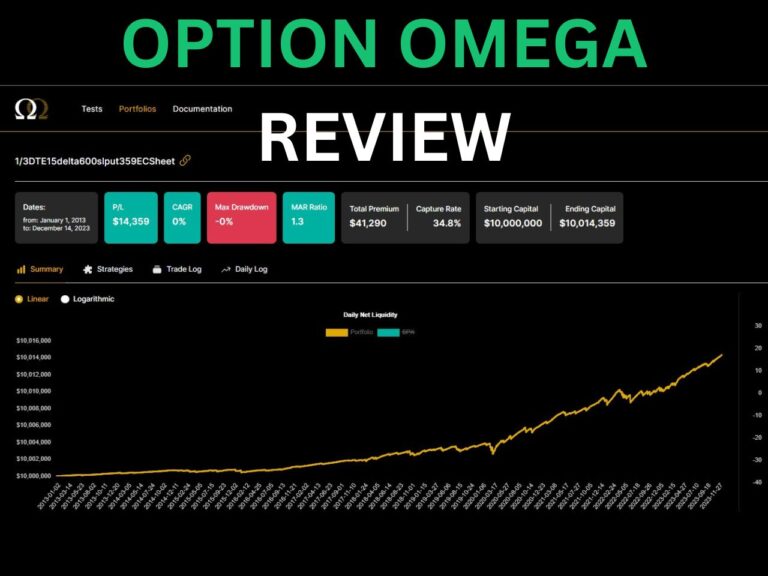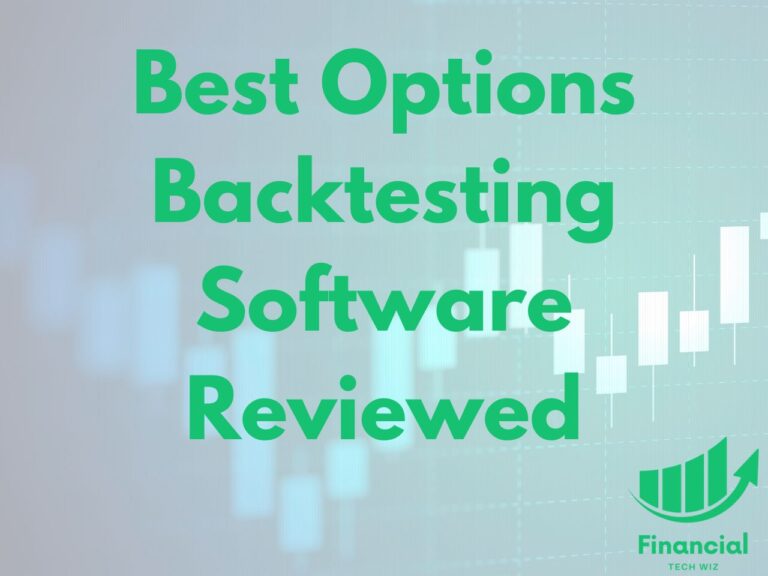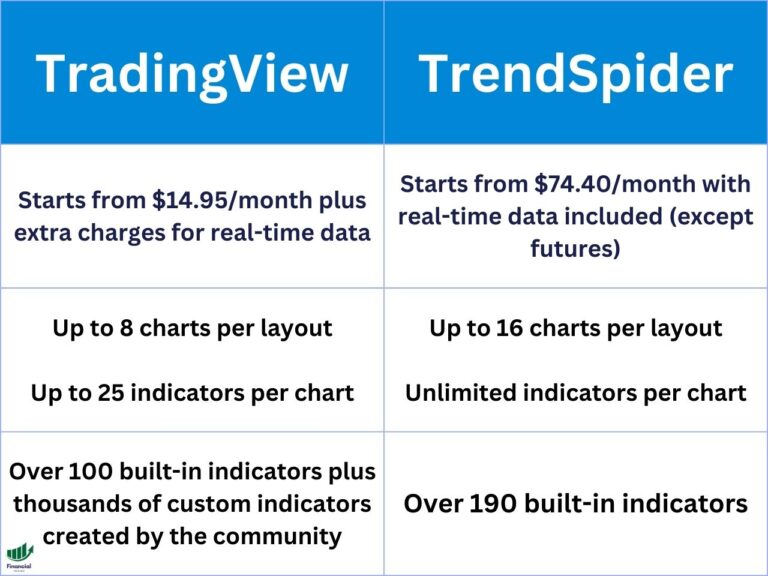Revenge Trading: Conquer Your Emotions, Secure Your Trades
Trading in the financial markets is as much about strategy as it is about psychology. One psychological trap that traders often fall into is revenge trading.

What is Revenge Trading?
Revenge trading occurs when a trader, driven by the need to recover from a significant loss, impulsively enters a new trade without proper analysis or strategy. This irrational decision-making can be triggered by various emotions, such as anger, fear, shame, and greed.
Though it might seem like a behavior only novice traders would fall into, revenge trading is not limited to beginners. Even seasoned traders with years of experience can fall prey to this perilous practice.
The Downward Spiral: The True Costs of Revenge Trading
Engaging in revenge trading can lead to larger and more frequent losses. Traders who resort to this practice often double or triple their trading position, hoping that the next trade will be a winner.
Unfortunately, without proper analysis, these trades often result in even greater losses. Furthermore, a trader’s reputation can be tarnished, leading to a fear of ‘losing face’ amongst peers, particularly if they have built a reputation as a successful trader.
The Emotional Drivers Behind Revenge Trading
The primary emotional drivers of revenge trading are anger and greed. After a substantial loss, traders may be angry at the market and succumb to greed, hoping for a quick recovery. This leads them to enter a new trade impulsively, often resulting in a larger loss.
Fear and shame can also propel a trader into revenge trading. The fear of admitting and accepting a loss, coupled with the shame of others knowing about their failure, can prompt traders to make hasty and uncalculated decisions, pushing them further into the abyss of loss.
Strategies to Combat Revenge Trading
To mitigate the impact of revenge trading, it is essential to adopt several strategies:
- Taking a Temporary Break: After a significant loss, stepping back from trading is crucial, even if it’s just for a short while. This break can help clear your head and enable you to approach the situation more objectively.
- Conducting a Self-Assessment: During this break, perform a self-assessment to identify the cause of the loss and the ensuing revenge trade. Understanding your emotional state and the decisions it led to is a significant step toward mitigating revenge trading.
- Assessing Market Conditions: Understanding the state of the market can prevent hasty decisions and ensure your trades align with the market dynamics.
- Reviewing Your Trading Strategy: Finally, evaluate your trading strategy to ensure it aligns with the current market conditions. Review your entry and exit strategies, make necessary adjustments, and ensure you stick to them.
Preventing revenge trading requires a combination of self-awareness and the right trading tools. After a significant loss, taking a break from trading can be beneficial.
This gives you time to calm down and reassess your strategy. Self-assessment is critical for understanding what led to the loss and how to prevent future occurrences.
To aid in making objective decisions, you can use the Best Charting Software for Stocks. These tools can assist in evaluating market conditions and trends, helping you to avoid impulsive trading decisions.
The Role of Intraday Trading Time Frames
One way to avoid impulsive decisions like revenge trading is to choose the correct time frame for your trades. Picking the right time frame can help you to analyze the market more effectively and make well-informed decisions. For more insights on this topic, check out our article on the Best Time Frame for Intraday Trading.
How to Adjust Your Trading Strategy
Once you have taken the necessary break and conducted a self-assessment, it’s time to revisit your trading strategy. You should assess whether your strategy is suitable for current market conditions and consider making adjustments where necessary.
Consider reviewing your entry and exit strategies. If you’re searching for ways to improve your trading strategy, take a look at our article on the Best TradingView Indicators. These indicators can help you make better-informed decisions and avoid the pitfalls of revenge trading.
Learning to Rise Above Revenge Trading
Revenge trading is a significant pitfall for traders, but it can be overcome with self-awareness, the right tools, and a sound strategy. By maintaining control over your emotions and acting strategically rather than reactively, you can navigate the trading landscape more effectively.
FAQs
What is revenge trading? Revenge trading is a type of emotional response that occurs when traders try to make up for their losses quickly after experiencing a losing trade or a series of losing trades. This can lead to even larger losses and may result in traders losing all of the money in their trading account.
What causes revenge trading? There are eight underlying mindsets that can trigger an emotional reaction leading to revenge trading. These include anger, greed, poverty mindset, fear, shame, lack of awareness, overconfidence, and not knowing the probabilities of a trading strategy.
How can I stop revenge trading? There are several ways to stop revenge trading. These include taking a break or trading smaller until you figure things out, developing more awareness while trading, reviewing your strategy, execution, and market conditions, implementing the 2-strikes rule, increasing your heart coherence, identifying your cue and reward, implementing behavior conditioning and using a positive market metaphor.
– Free trading journal template
– Custom indicators, watchlists, & scanners
– Access our free trading community

